Christmas Cactus Watering Guide: How Often To Water Plants For Better Blooms
Discover how often to water a Christmas cactus, how much, and how to avoid under and overwatering for healthy plants that flower reliably over the holidays.
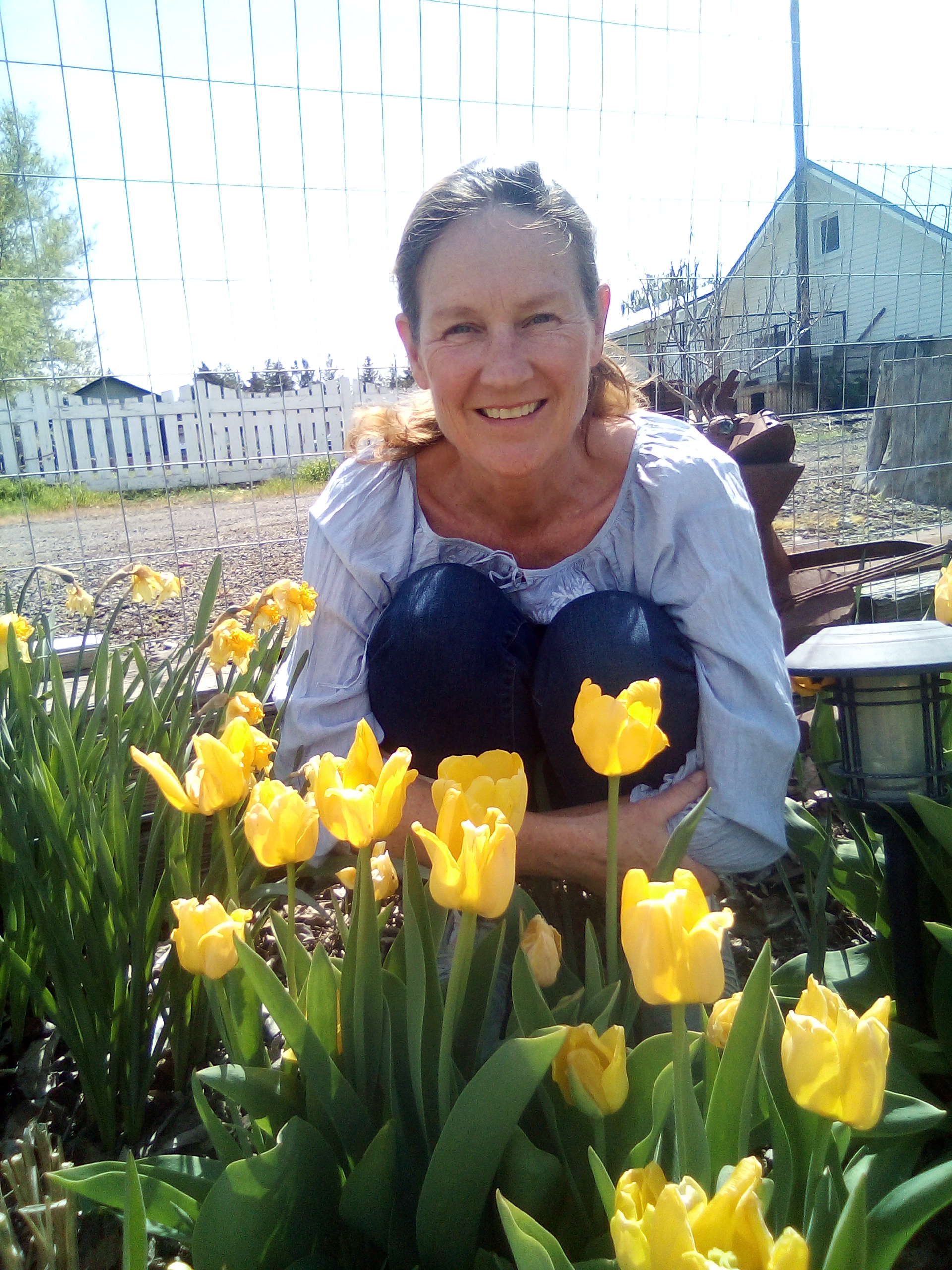
Amy Draiss
Holiday cacti are wonderful winter-flowering plants that are easy to care for, but Christmas cactus watering has to be done correctly for optimal health and seasonal blooms. New owners may wonder how often to water Christmas cactus plants. The answer will vary by the plant's size, location, ambient moisture levels, and soil type. These cacti aren’t desert specimens and have specialized watering needs to keep them happy and blooming.
Regular watering is a crucial aspect of Christmas cactus care. As with other types of holiday cactus, the right moisture balance is key to making a Christmas cactus bloom. If you aren't sure whether you have a Christmas cactus, Thanksgiving cactus, or Easter cactus, then you'll be relieved to know that their watering requirements are very similar.
In their native tropical rainforests of Brazil, Christmas cacti are epiphyte plants that grow in the crotches of trees or rocky crevasses. They receive their moisture from the humid air, rainfall, and morning dew dripping down from the tree canopy. In this way they are very different from their desert cacti cousins, who have a high drought tolerance and can go long periods without water.

Find something for every gardener and plant lover on your list this year in the Gardening Know How shop. Go on, give the gift of joy!
How Often to Water Christmas Cactus Plants
How often to water a Christmas cactus is a common question. These plants prefer fairly high humidity and moist, although not soggy soil. The ideal Christmas cactus soil mix should be fairly peaty with vermiculite or perlite to help hold moisture.
In the winter the plant needs water every three or four weeks. But during the blooming period, it requires more frequent moisture and soil should not be allowed to dry out to encourage prolonged flowering. During the growing seasons of spring and summer, water the plant on average every two weeks.
This schedule is subject to soil type, where the plant is growing, and other factors. For example, if the plant is in garden soil, it will dry out more quickly and need more frequent watering. If the cactus is near a drying heating vent, it will also need to be irrigated more often.
While guidelines on how often to water a Christmas cactus are helpful, the best gauge is to use your finger to detect when the soil is dry a couple of inches (5cm) down into the soil.
Gardening tips, videos, info and more delivered right to your inbox!
Sign up for the Gardening Know How newsletter today and receive a free copy of our e-book "How to Grow Delicious Tomatoes".
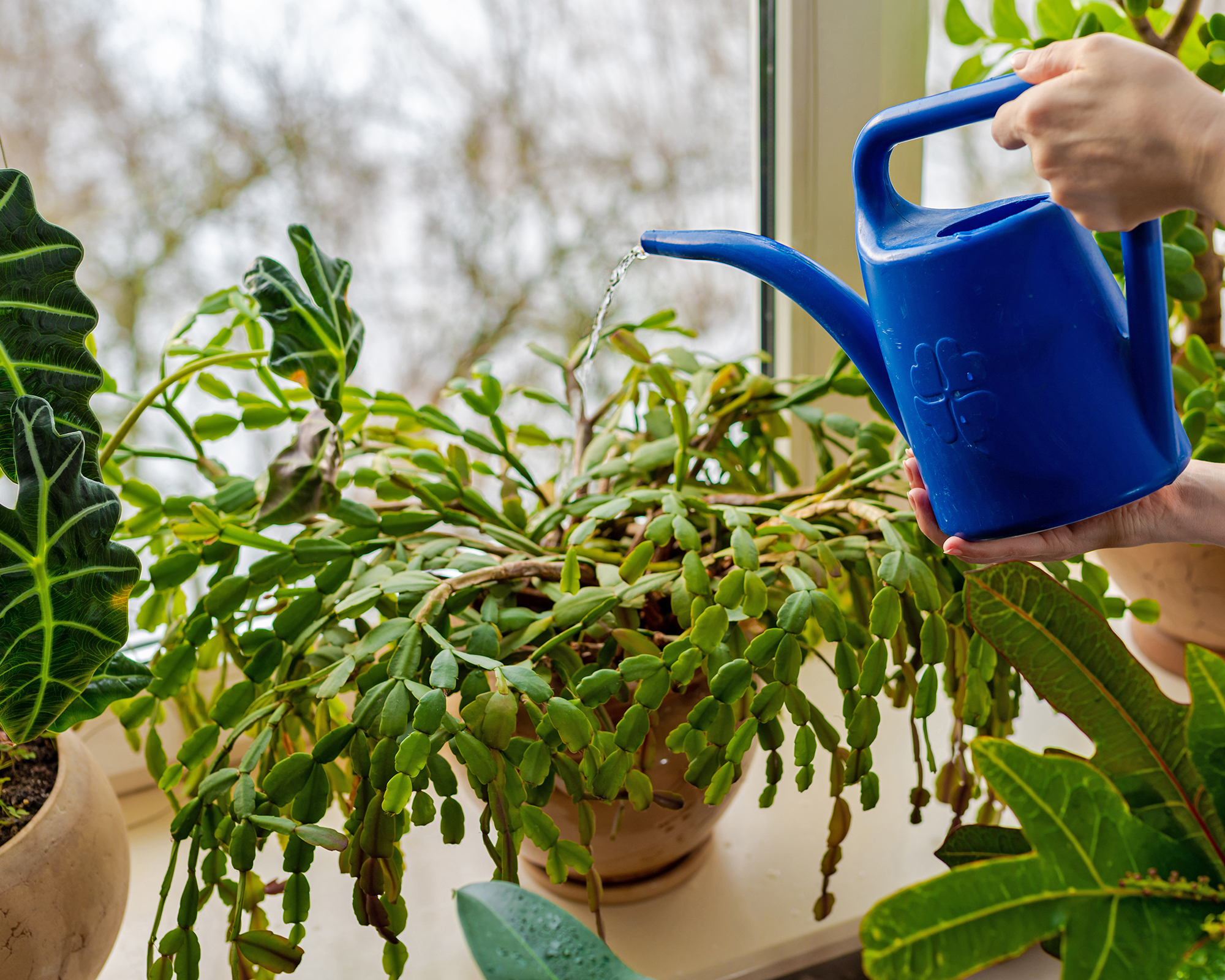
How to Water a Christmas Cactus
While these plants like moderately moist soil, they cannot tolerate being waterlogged – overwatering leads to various Christmas cactus problems. Move the container to the tub or sink when you water. Remove the saucer and let all the excess water percolate through the drainage holes. It is good to soak the soil to let it evacuate excess salts that build up from fertilizing.
Alternatively, you can put the plant in the shower every month and add enough water to the soil surface that it percolates out in a plentiful supply.
Many municipal tap water supplies have chemicals and minerals that the plant cannot tolerate. They are sensitive to chlorine and lime which are often in our tap water. Rainwater, distilled, or filtered water are ideal. You may also opt to let the tap water sit out overnight to off-gas.
From late winter to late summer, feed plants monthly during regular watering. The ideal Christmas cactus fertilizer is a bloom formula houseplant feed or a half-strength water-soluble formula, such as 20-20-20 or 20-10-20.
How Much Water Does a Christmas Cactus Need?
The answer depends on how large the plant is and the container size. Larger plants will need much more water than young, small cacti. In large containers, they will need more than beginner nursery pots. The touch test is the most reliable gauge of whether the plant needs watering.
Overall, water until the moisture is leaching heavily from the drainage holes, then allow it to drain through. This will ensure the plant is not in soggy soil and will also help clean the soil of built-up salts.
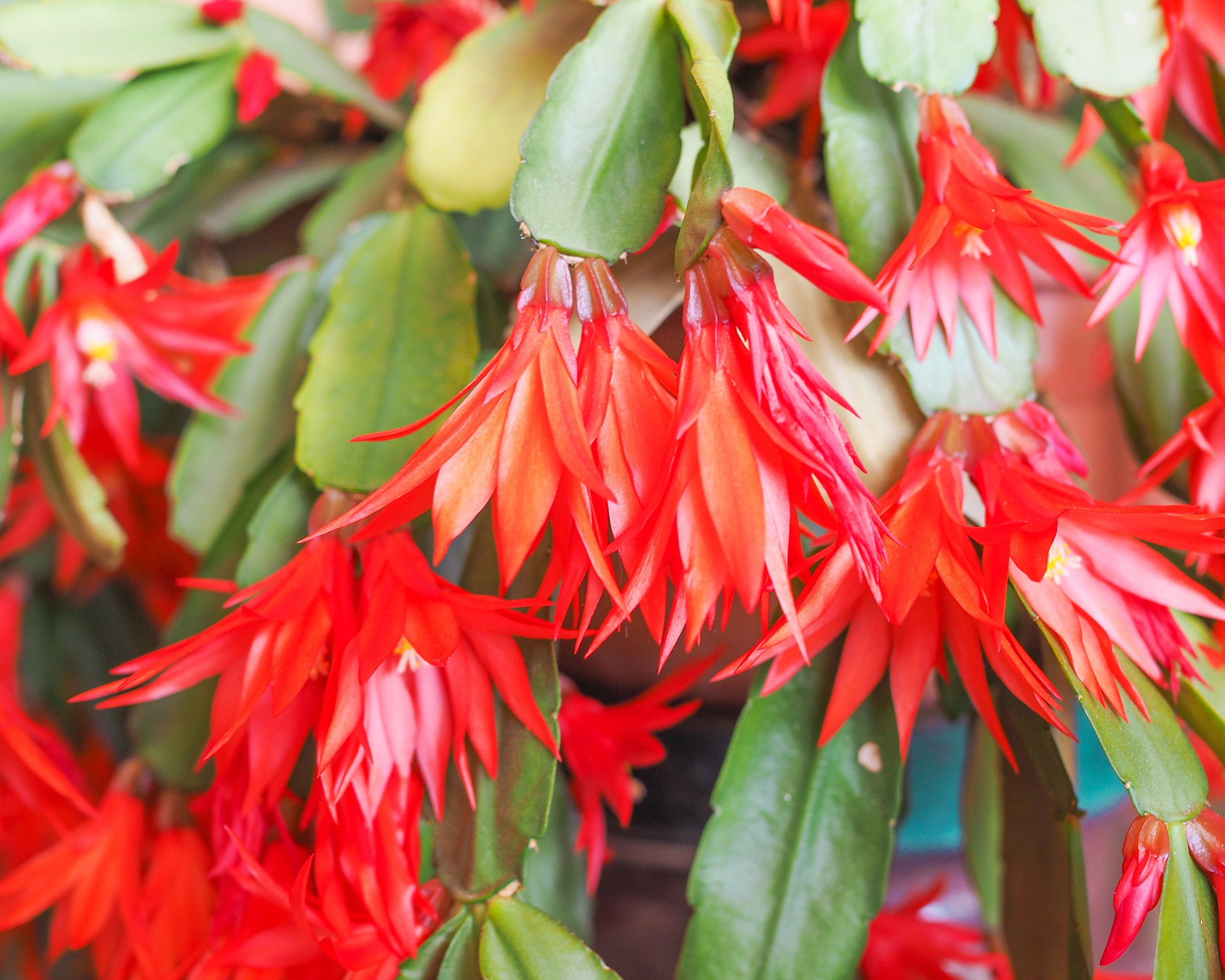
When to Stop Watering Christmas Cactus
This plant likes to be evenly moist at all times. It should not be allowed to dry out completely. In the winter, after blooming, Christmas cactus plants will need much less water but they should still be irrigated every three or four weeks. During the growing season, they will need much more water.
If the plant is brought outdoors for the summer, winds and sun will dry out the container much more quickly. Such plants will need watering at least twice as much as plants housed indoors.
How to Spot and Avoid Over or Underwatering
An underwatered Christmas cactus will have dry soil to the touch even at the drainage holes. Look out for Christmas cactus wilting, shriveled and puckered leaves, and wrinkled stem segments. Plant parts can start falling off in extreme cases. Increase watering frequency and use the finger test daily to ensure the soil doesn't dry out too much.
If your plant is drying out too quickly, then learn how to repot a Christmas cactus and move it up a container size. Christmas cacti like to be a bit potbound but should be repotted every two to three years.
Watch out for Christmas cactus diseases in overwatered plants. Signs include soft stems, yellow leaves, and leaf drop. In the worst cases, the plant will rot at the soil line and roots could develop fungal disease. Christmas cactus root rot can quickly be fatal, so if you see any putrid, discolored, or otherwise damaged roots, prune them out with sanitized shears.
Overwatered Christmas cactus care often includes repotting. Before you repot, sanitize the container with 1 part bleach to 9 parts water. Use pasteurized soil if possible to avoid introducing pathogens that will thrive in moist soil.
Should I Mist My Christmas Cactus?
Christmas cactus is a tropical plant that naturally grows in a humid environment – 50-60% is ideal. Occasional misting won't do any harm but has little effect on raising humidity for houseplants. Instead, invest in a houseplant humidifier or place a tray of pebbles filled with water beneath the container.
Plants also like warmth. The ideal nighttime Christmas cactus temperature is 60-65°F (15-18°C) with a cooler period of about 50°F (10°C) in October to encourage blooms in time for the holidays. Average room temperatures during the day will enable plants to thrive.
More Holiday Plant Inspiration
- Give the gift of joy! We have plant-inspired gifts for everyone on your list in the Gardening Know How Shop Holiday Gift Guide.
- Create stunning DIY holiday porch pots with these 12 perfect plants for a magical winter display.
- Discover the most beautiful amaryllis varieties to brighten your living space over the holidays and beyond.
This article features products available from third-party vendors on the Gardening Know How Shop.

Bonnie Grant is a professional landscaper with a Certification in Urban Gardening. She has been gardening and writing for 15 years. A former professional chef, she has a passion for edible landscaping.
- Amy DraissDigital Community Manager
-
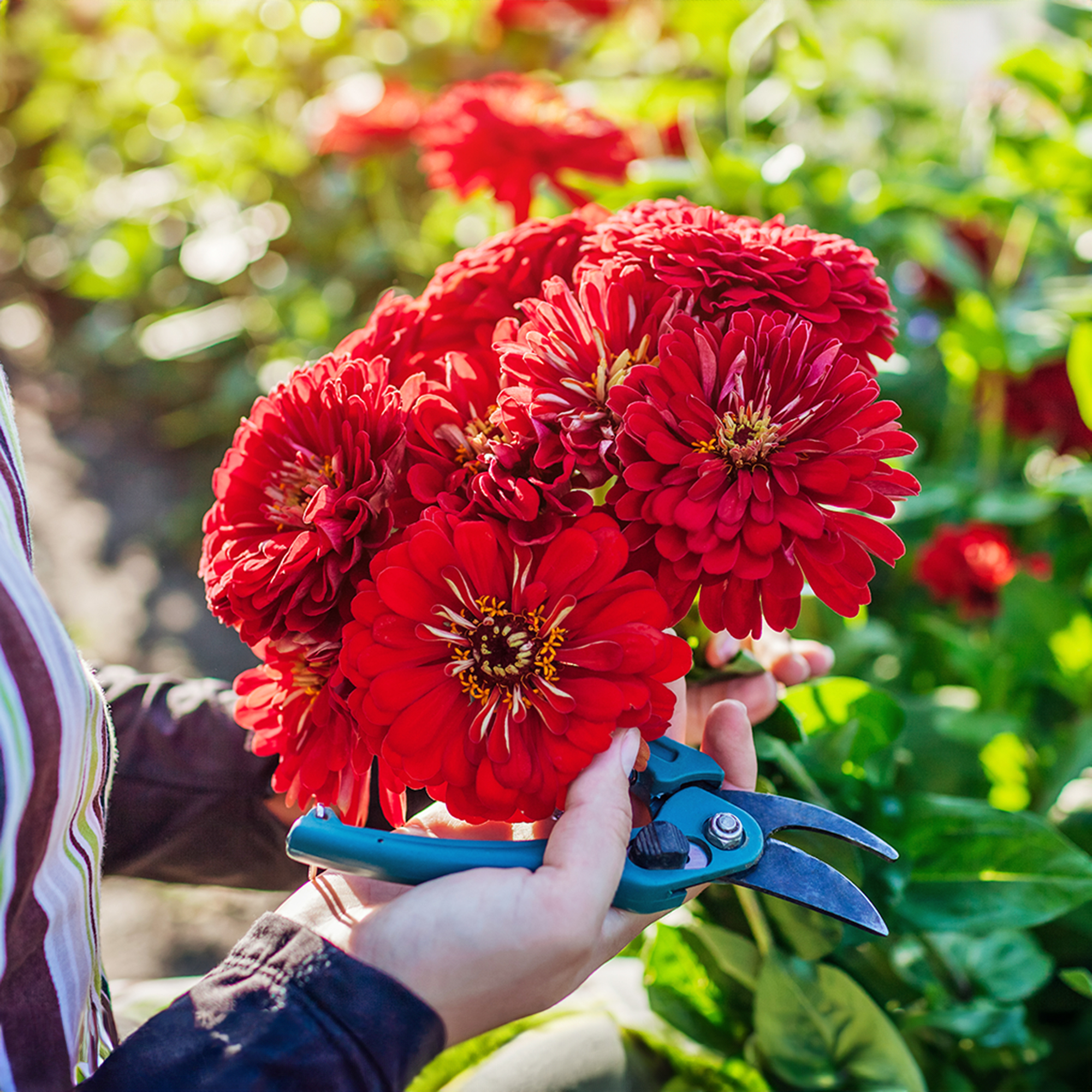 Zinnias On Repeat: 10 Glorious Cut-And-Come-Again Varieties For Endless Summer Bouquets
Zinnias On Repeat: 10 Glorious Cut-And-Come-Again Varieties For Endless Summer BouquetsThese zinnia varieties keep giving all summer, making them the perfect choice for dedicated cutting gardens – or just the occasional homegrown bouquet.
By Ellen Wells
-
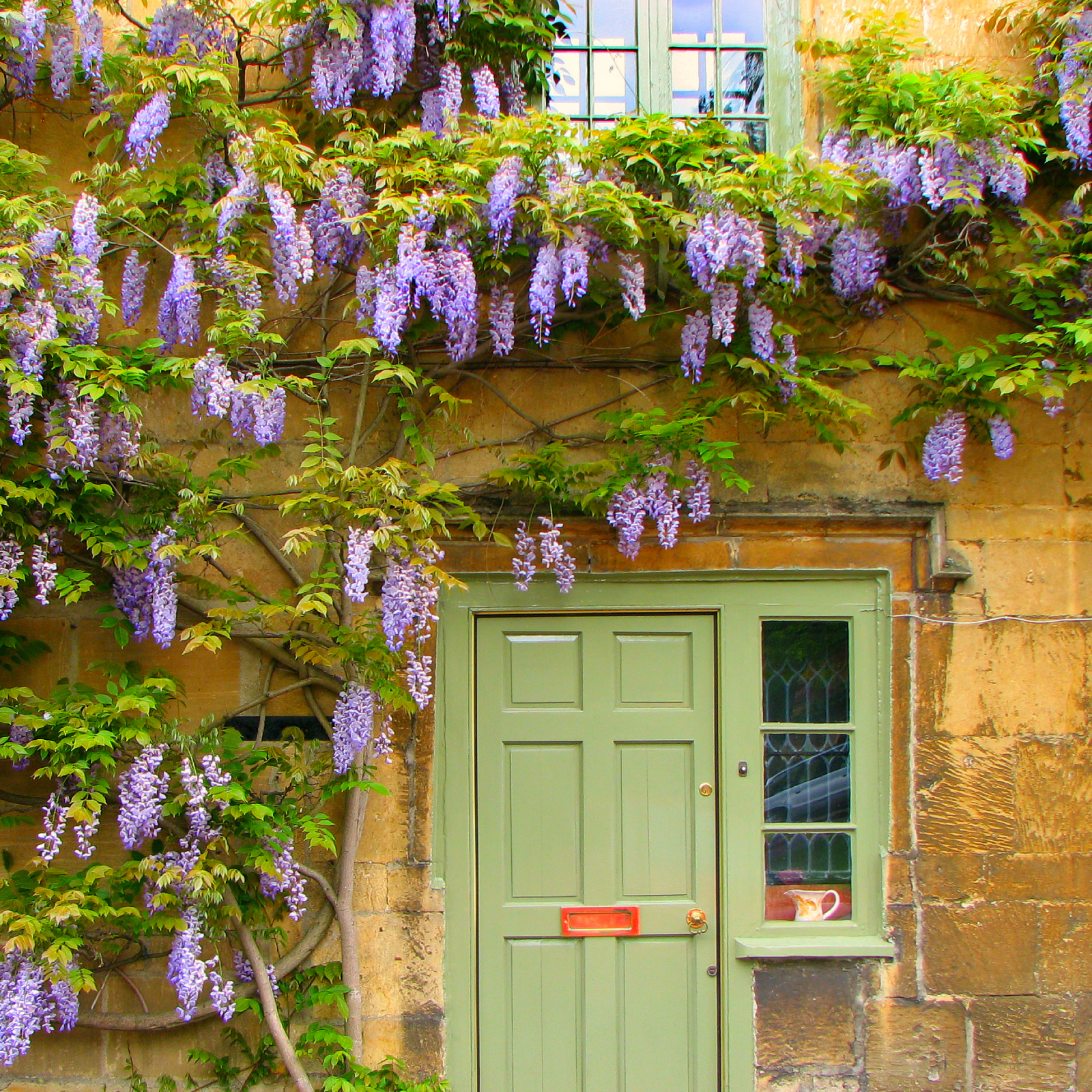 Create A Romantic Garden Straight Out Of Bridgerton: Regency Era Romance In Your Garden
Create A Romantic Garden Straight Out Of Bridgerton: Regency Era Romance In Your GardenTry some romantic garden ideas straight out of Bridgerton. Flowers and gardens in the Regency era were lush and charming and you can get the same look!
By Bonnie L. Grant
-
 Zinnias On Repeat: 10 Glorious Cut-And-Come-Again Varieties For Endless Summer Bouquets
Zinnias On Repeat: 10 Glorious Cut-And-Come-Again Varieties For Endless Summer BouquetsThese zinnia varieties keep giving all summer, making them the perfect choice for dedicated cutting gardens – or just the occasional homegrown bouquet.
By Ellen Wells
-
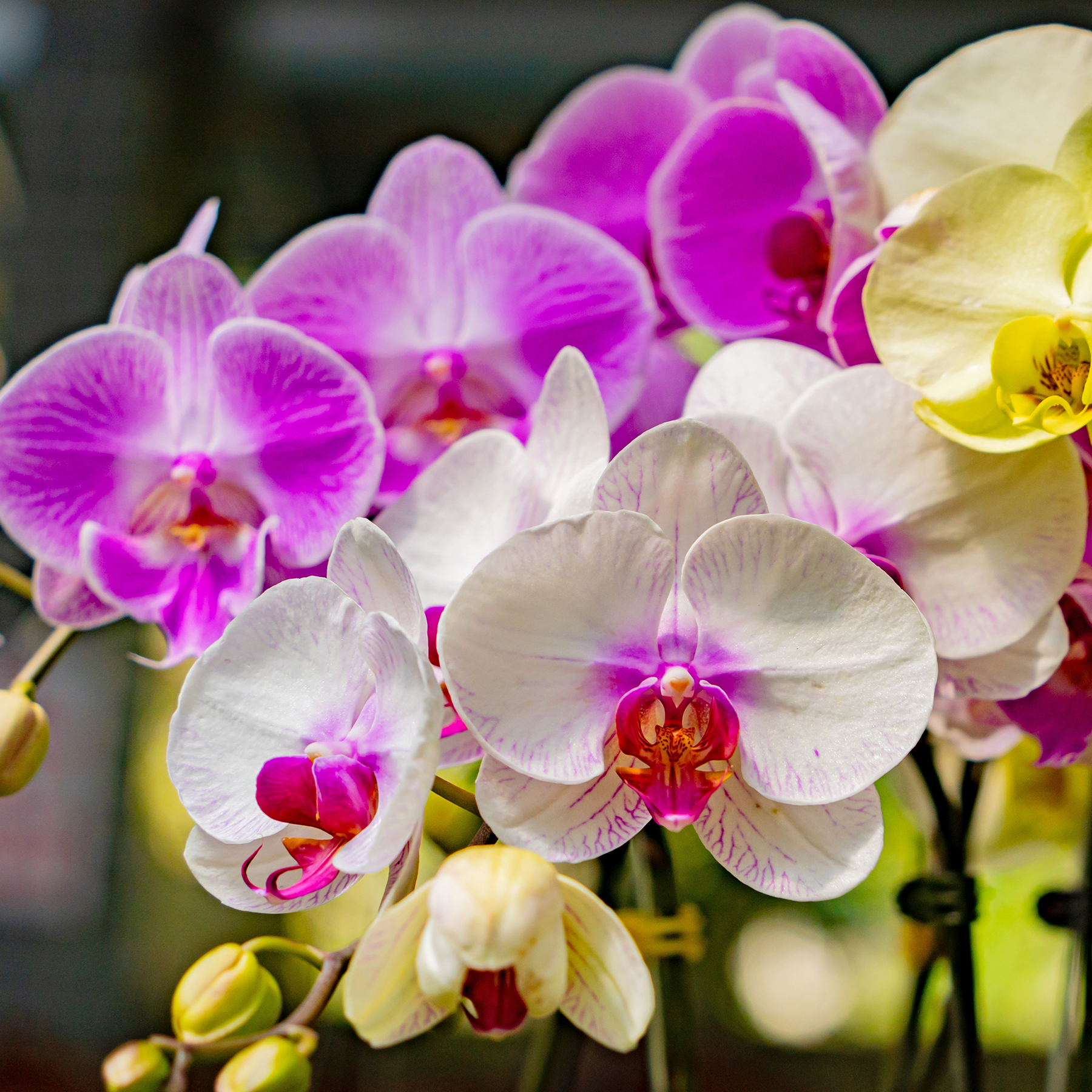 My Homemade Orchid Fertilizer Always Brings More Blooms – Here's The Easy Recipe That Transforms Plants
My Homemade Orchid Fertilizer Always Brings More Blooms – Here's The Easy Recipe That Transforms PlantsScientist-turned-gardener Mary Ellen Ellis shares her tried-and-tested DIY orchid fertilizer recipe, plus more ingredients to try for healthy, happy plants.
By Mary Ellen Ellis
-
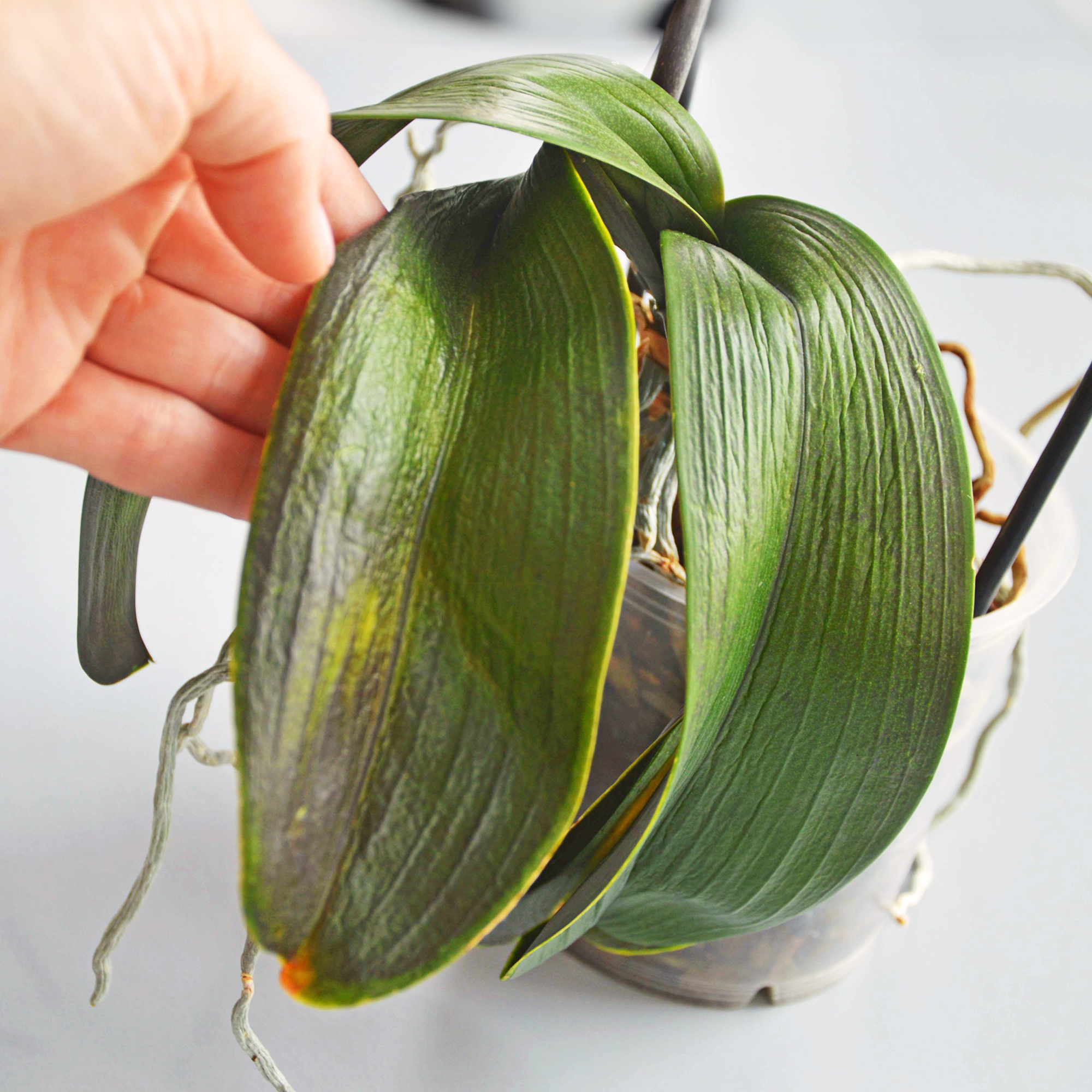 Orchid Leaves Wrinkled? 5 Common Causes & How To Restore Their Vitality
Orchid Leaves Wrinkled? 5 Common Causes & How To Restore Their VitalityAre your beloved orchid's leaves wrinkled? Worry not! Here are the most common causes for puckered orchid foliage, plus how to plump them back up.
By Tonya Barnett
-
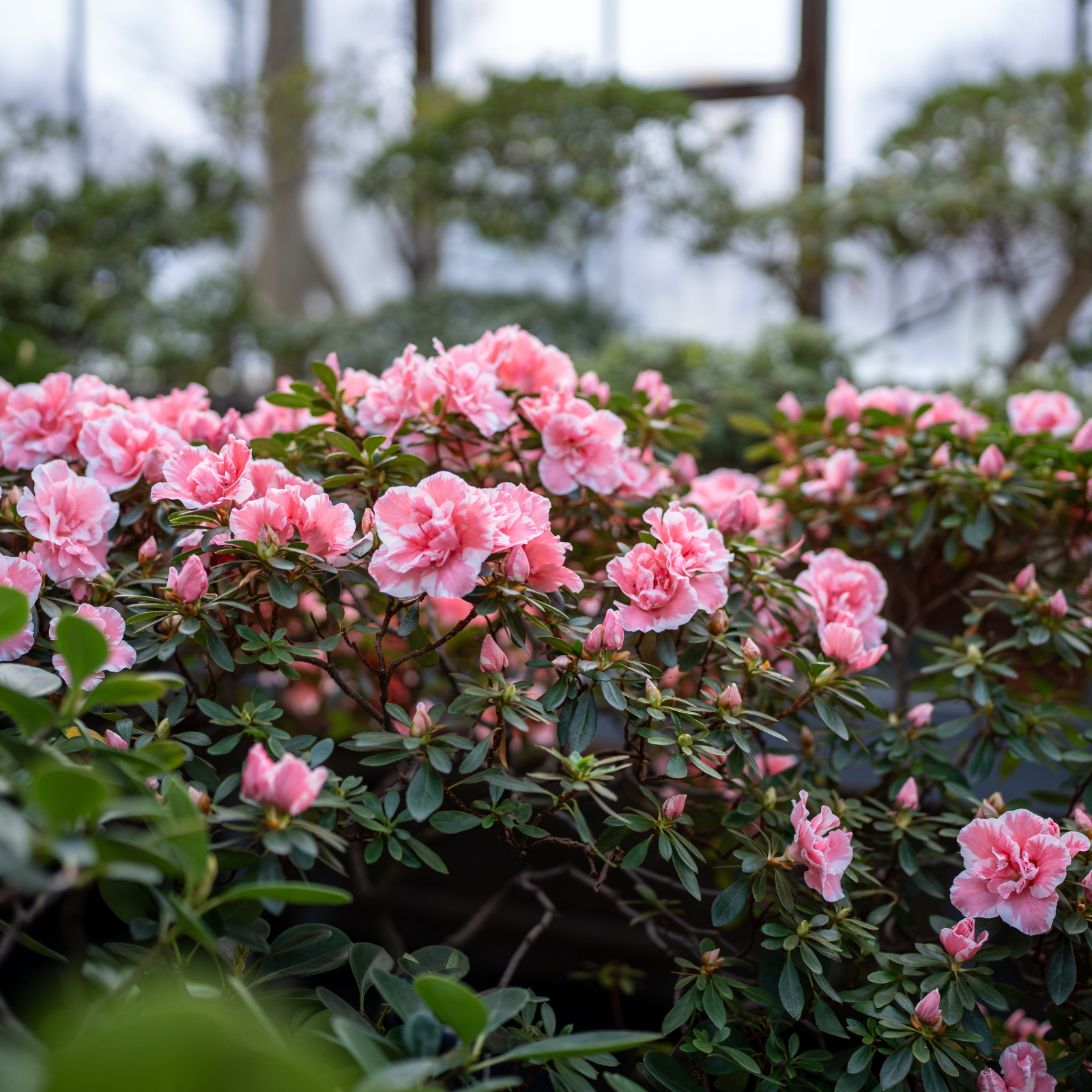 What Is The Size Of An Azalea? Explore Different Varieties That Will Suit Every Garden
What Is The Size Of An Azalea? Explore Different Varieties That Will Suit Every GardenThe size of azaleas can vary widely because they have been selectively bred for different landscape needs. Check out our picks for each size category.
By Mary Ellen Ellis
-
 5 Fabulous Fast-Growing Vines – That Will Quickly Climb Any Arbor, Trellis, Or Fence
5 Fabulous Fast-Growing Vines – That Will Quickly Climb Any Arbor, Trellis, Or FenceThese fast growing vines are perfect for covering any eyesores in your yard or creating a living fence. They will provide great visual interest, as well.
By Amy Grant
-
 When To Plant Roses: The Best Time For Your Climate And Rose Type
When To Plant Roses: The Best Time For Your Climate And Rose TypePlant your roses at the right time and you will be rewarded with decades of glorious summer flowers – but get it wrong and you'll be crying over dead shrubs.
By Teo Spengler
-
 Spectacular Early Blooming Shrubs: 6 Sparkling Spring Flowering Bushes
Spectacular Early Blooming Shrubs: 6 Sparkling Spring Flowering BushesWant to kickstart your gardening year with dazzling spring flowering bushes for beds and borders? These unique early bloomers are sure to help you rise and shine!
By Teo Spengler
-
 7 Shade-Loving Flowers To Start From Seed Now For A Stunning Summer Garden
7 Shade-Loving Flowers To Start From Seed Now For A Stunning Summer GardenTurn shady spots into vibrant new garden spaces with lovely and illuminating shade-loving flowers.
By Ellen Wells